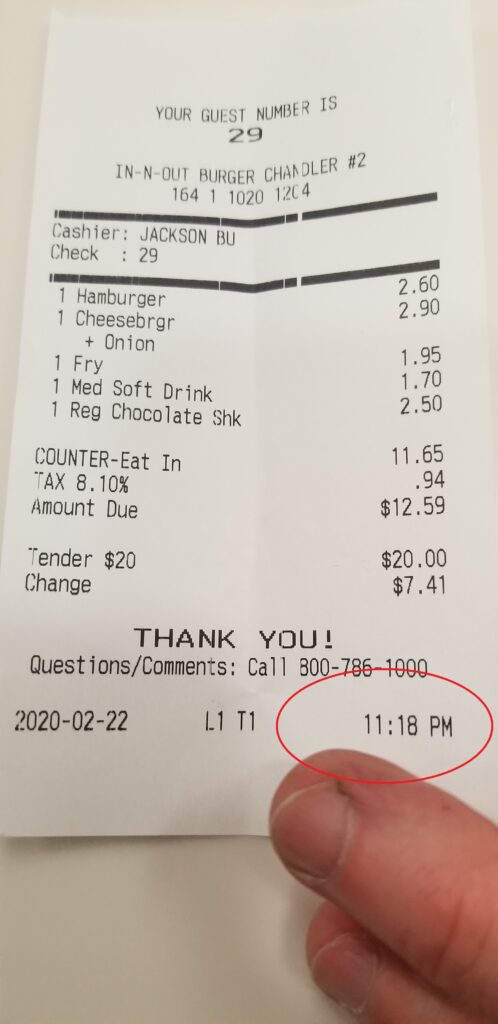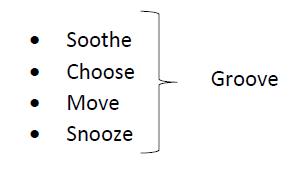Even though I am a scientist, I was born a Libra, Baby! Although I hold no stock in the pseudoscience of astrology, I always felt good about all-things-Libra as my sign: balance, harmony, love, peace, justice. It just so happens Kim Kardashian and Gandhi are also Libras. How’s that for balance?
I do an activity with my Psychology 101 students where I provide the standard descriptions of Zodiac signs without their labels and ask students to pick the set that most applies to them. Do you know how often they are able to blindly select their own signs? Almost never. And yet, some students persist in their astrological beliefs and get quite agitated when their views are challenged. Arms are crossed, eyes go white, and audible sighs reverberate. This is the life of a college classroom – socially and emotionally “messy” at times.
Exhibit A from my teaching archives: Picture my student Paul weaving his favorite video game into a class discussion for about the hundredth time this semester, (never mind that this is an adolescent psychology course). Then see George who finally has enough and yells, “Would you please shut up!” Finally, visualize Libra-me struggling to restore balance and harmony in the class. Spoiler alert: It doesn’t end well on this particular day.
In an intellectually-rich college classroom, ideas clash. Personalities collide. Students engage in a foxtrot of give-and-take, and it is not always tea and crumpets. But, conflict is an essential part of learning. Damn, how the Libra in me hates this! However, to achieve longevity in teaching, it is essential to effectively work through conflict because on the other side is greater learning. There are many strategies to process conflict in the classroom, but below are three of my “go-to”s.
Calm the stress-response system
Conflict can activate the fight-flight reflex. When this happens, a cascade of stress hormones shuttle energy away from the thinking part of the brain to the large muscles to prepare for battle. When George yelled at Paul in my class, I had not yet learned important calming techniques. As a result, I simply blurted out, “That’s enough now!” à la my former kindergarten-teacher self. I was not capable in that moment of a more reasoned response.
Since that time, I have learned to be more mindful of what is happening live in the classroom. And, when I sense conflict arising, my first step is to deepen my breath — a good inhale through the nose and a slower exhale through the mouth — repeated a few times. I am mindful when I sense my heart racing, and I silently repeat certain mantras. Slow down – you don’t need to immediately respond.
Practice “verbal judo”
You might not be surprised to learn that George called me later that day to talk about what happened. George felt that, as a person of color, he was basically being told to “go along and behave” when I cut off the conversation. Whereas I was new to the mindfulness game at that point, I was familiar with the concept of verbal judo. I first read about verbal judo in Feeling Good: The New Mood Therapy by David Burns. Although this technique is often associated with persuasion, I actually see it as a precursor to negotiation.
Burns outlines three steps to verbal judo: 1) empathy, 2) disarming the critic, and 3) feedback and negotiation. In Step 1, I asked George to explain his point of view fully, and I didn’t interrupt. The key to this step is to allow the other person to feel fully heard, and this step takes as long as it takes.
Step 2 involves finding some way to agree with the other person. This point of agreement must be genuine. I replied to George, “It must have been frustrating to feel silenced.” (Note that I am not saying I meant to silence George, but empathized with how he felt in that moment.)
In Step 3, George was ready to hear my perspective as well. I was able to explain to George that my actual concern was a physical fight would break out in class. We then engaged in a conversation where we heard each other’s perspectives without defensiveness or judgment. Out of conflict came a greater understanding on both our parts.
Maintain appropriate boundaries
I can sit with worry with the best of them. I could take Paul and George home with me, in my mind anyway, and re-run different plays on how this all could have gone down better. I could question my life choices and think I should take a job selling shoes or do anything else besides teaching.
Even after conflict is processed, it’s hard to not take it home and chew it over in your mind along with your dinner. But, rehashing it over the hash doesn’t do anything to change the events. When conflict is seen as an inevitable part of the classroom life, it’s easier to put it down at night knowing I can always pick it up again tomorrow. Moreover, knowing that conflict is normal keeps me from taking it personally. Finally, seeing conflict as potentially beneficial prevents me from running away from it. So, an essential aspect of classroom balance for me is holding conflict carefully in my arms knowing that it can be a great teacher of lessons.
This post is part of the Write 6X6 challenge at Glendale Community College.
The post You Stay Messy, College appeared first on My Love of Learning.








